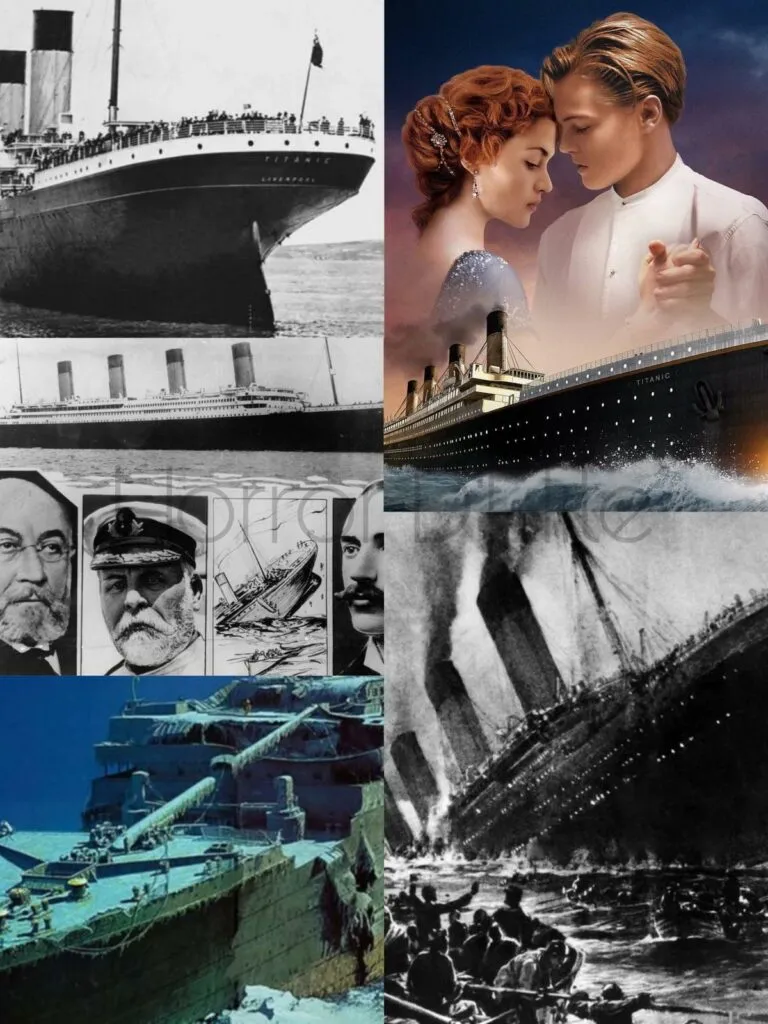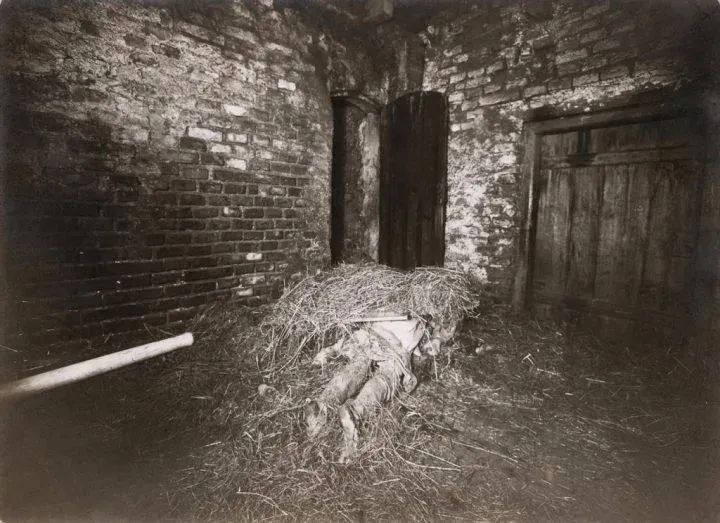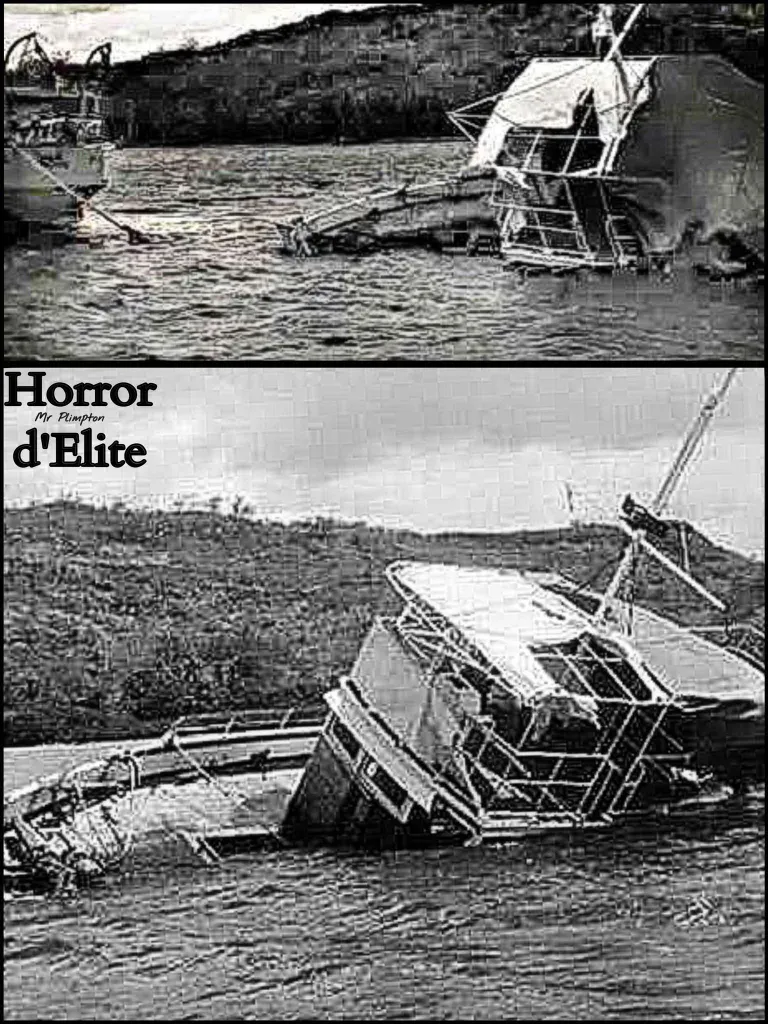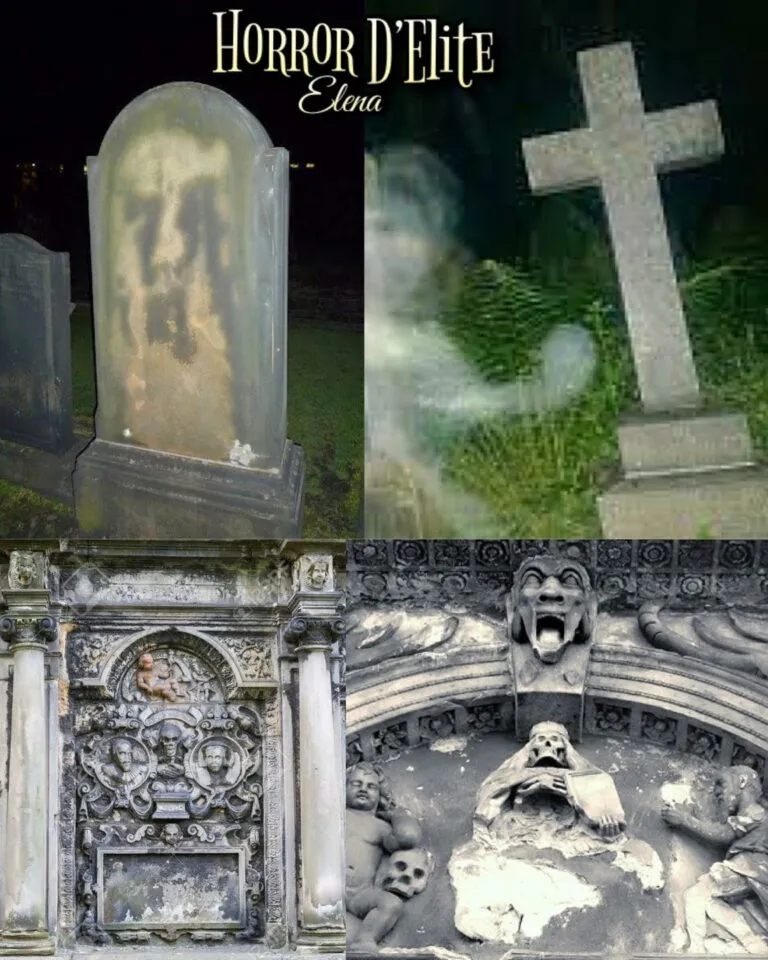The Loch Ness Monster
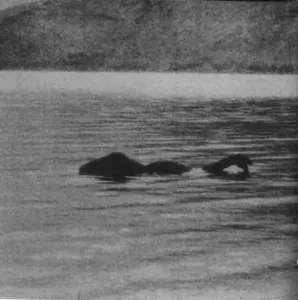 The Loch Ness Monster, commonly referred to as “Nessie,” is a legendary creature said to inhabit Loch Ness, a large freshwater lake in the Scottish Highlands.
The Loch Ness Monster, commonly referred to as “Nessie,” is a legendary creature said to inhabit Loch Ness, a large freshwater lake in the Scottish Highlands.
History and Characteristics of the Legend.
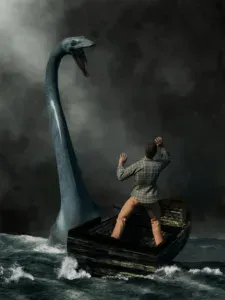 The history of the Loch Ness Monster is rich with sightings, legends, and mysteries that have fascinated the public for centuries. Nessie is often described as a large creature with a long neck and one or more humps emerging from the water. Here’s an overview of the history of this famous creature.
The history of the Loch Ness Monster is rich with sightings, legends, and mysteries that have fascinated the public for centuries. Nessie is often described as a large creature with a long neck and one or more humps emerging from the water. Here’s an overview of the history of this famous creature.
The earliest stories of a creature in Loch Ness date back to the 6th century. Adomnán, an Irish abbot, recounts in his biography of Saint Columba an encounter between the saint and a “water beast” in the River Ness, which was said to connect Loch Ness to the sea.
The modern legend of the Loch Ness Monster began in the 1930s. In 1933, an article in the *Inverness Courier* described a sighting of a large creature emerging from the waters of the lake.
That same year, George Spicer and his wife claimed to have seen a huge animal crossing the road in front of their car, heading towards the lake.
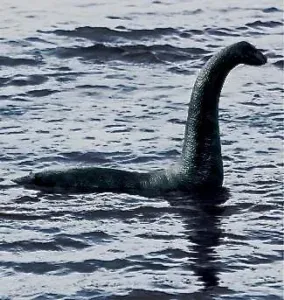 One of the most iconic images of the Loch Ness Monster is the so-called “Surgeon’s Photograph,” taken in 1934 by Robert Kenneth Wilson. This photograph, which seemed to show a creature with a long neck emerging from the lake, greatly fueled public interest.
One of the most iconic images of the Loch Ness Monster is the so-called “Surgeon’s Photograph,” taken in 1934 by Robert Kenneth Wilson. This photograph, which seemed to show a creature with a long neck emerging from the lake, greatly fueled public interest.
From the 1950s onwards, there were numerous attempts to uncover the truth behind the Nessie legend.
In the 1960s, inventor Tim Dinsdale captured footage showing an object moving in the lake’s waters. In the 1970s and 1980s, sonar and underwater searches were used to look for evidence of the creature, but with inconclusive results.
Between 1962 and 1972, the Loch Ness Investigation Bureau conducted numerous scientific expeditions in the lake, gathering a wide range of data, but again, without discovering definitive evidence.
 Hypotheses and Explanations.
Hypotheses and Explanations.
One of the most popular theories is that Nessie might be a plesiosaur, an extinct marine reptile that could have survived in the deep, dark waters of Loch Ness. However, this theory is scientifically unlikely due to the lake’s ecosystem conditions.
Some believe that Nessie could be an unknown species of aquatic animals that somehow survived to the present day.
Certain researchers suggest that sightings could be attributed to natural phenomena such as waves, floating logs, birds, or large fish.
Many sightings and photographic evidence have been debunked as deliberate hoaxes or misidentifications. For example, the “Surgeon’s Photograph” of 1934 was revealed to be a hoax in 1994, constructed using a toy submarine.
 Cultural Impact.
Cultural Impact.
The Loch Ness Monster has become a cultural icon and a significant tourist attraction for Scotland. The legend of Nessie attracts visitors from around the world, eager to catch a glimpse of the mysterious creature and to explore the beauty of Loch Ness and the Scottish Highlands. The figure of Nessie has become part of popular culture, appearing in books, films, documentaries, and various media. The creature remains a fascinating symbol of mystery and adventure.
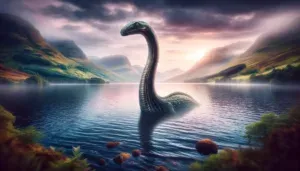 In summary, the Loch Ness Monster remains one of the world’s most enduring and intriguing mysteries, intertwining folklore, scientific exploration, and tourism into a single, captivating legend. A story that fuels the imagination and curiosity of many.
In summary, the Loch Ness Monster remains one of the world’s most enduring and intriguing mysteries, intertwining folklore, scientific exploration, and tourism into a single, captivating legend. A story that fuels the imagination and curiosity of many.
Despite the lack of concrete evidence, the legend of Nessie continues to thrive and intrigue new generations.
 Subscribe to our YouTube channel
Subscribe to our YouTube channel
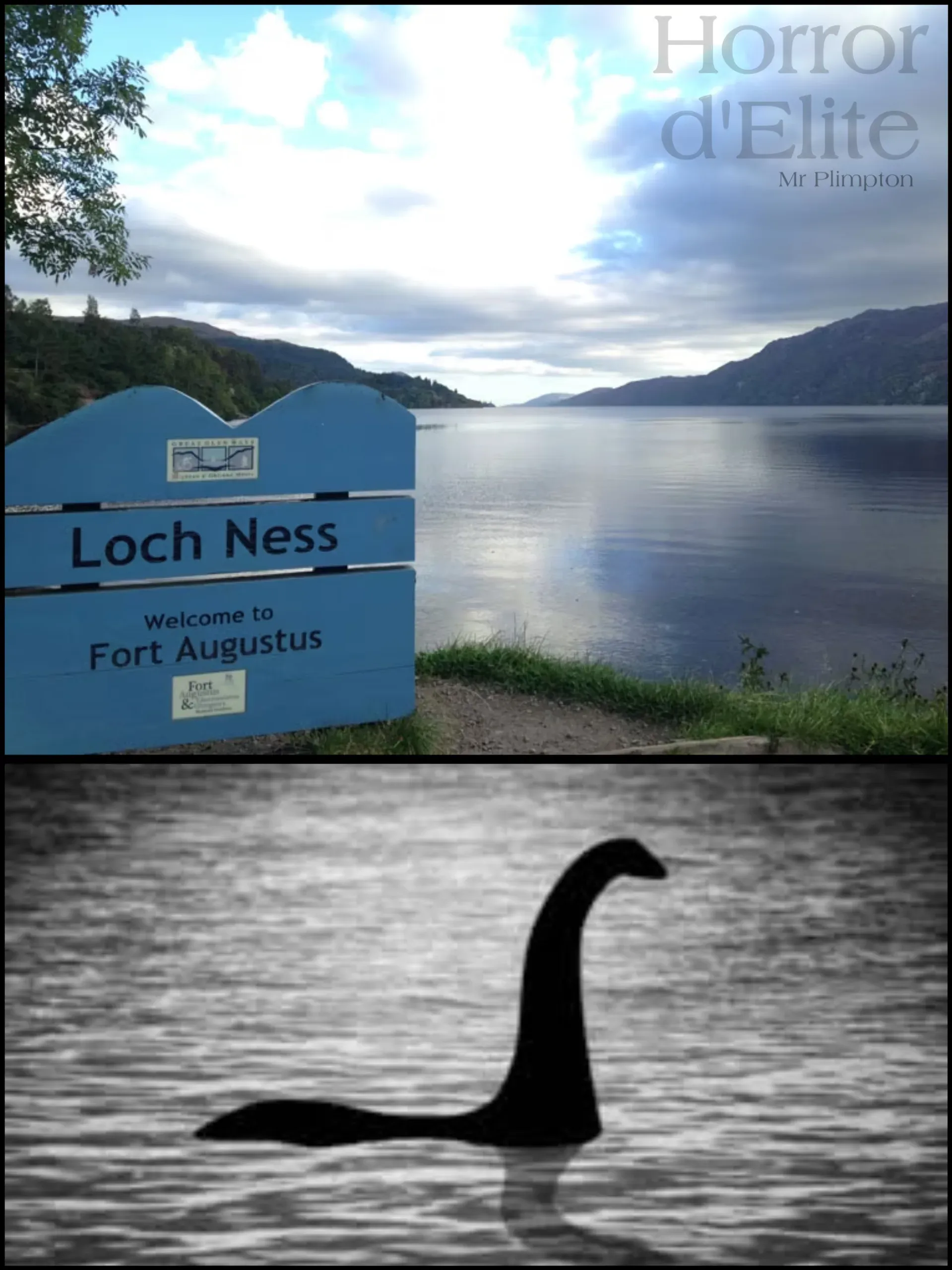
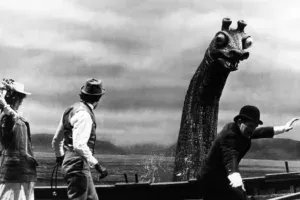 Hypotheses and Explanations.
Hypotheses and Explanations. Cultural Impact.
Cultural Impact.